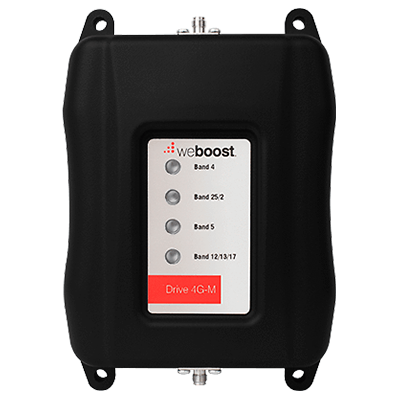 The weBoost Drive 4G-M is the original mobile booster offered by weBoost and pre-dates the Drive 4G-X released in 2015 with several antenna combinations available, and the Drive Reach debuted in May 2019. With the launch of the Reach, weBoost has discontinued the 4G-M.
The weBoost Drive 4G-M is the original mobile booster offered by weBoost and pre-dates the Drive 4G-X released in 2015 with several antenna combinations available, and the Drive Reach debuted in May 2019. With the launch of the Reach, weBoost has discontinued the 4G-M.
It is more powerful than the cradle style weBoost Drive Sleek with a full 50db of gain, and supports multiple devices connected on multiple networks at once. However while it has the same 50db gain as the 4G-X, it has less uplink transmit power - which is most noticeable in upload data speed performance.
The 4G-M is encased in a hefty metal case, and comes with a DC power supply brick, a small magnetic roof antenna (that requires a ground plane if you don't have a metal roof), and an interior patch antenna with a long flexible cord to increase your placement options.
Note: Before Wilson Electronics re-branded as weBoost, the weBoost Drive 4G-M was known as the Wilson Mobile 4G. We've been told by weBoost that other than the change to the external case color, the new and old version are identical.
Specifications
- Model: 470121
- Max Downlink Gain: 50dB
- Max Uplink Gain: 21.4 dBm
- Impedance: 50 Ohm
- # of Devices Boosted: Multiple
- LTE Bands Supported: 12 (17), 13, 5, 4, 2, 25
- Exterior Antenna: 4.175" Magnetic Mount - 12.5' Cable (301126)
- Internal Antenna: 4G Slim Low Profile - 10' Cable (314401)
- Range of Interior Coverage: 6" - 4'
- In Motion Usage: Yes
- Power: 12v
- Connectors: SMA Female
- Booster Dimensions: 4.5 x 6.5 x 1.5 in
- Warranty: 2 Year
- List Price: $379
What Does 5G Ready Mean?

Booster manufacturers may state their products are "5G ready." Which is a bit misleading. 5G is being deployed on a myriad of low, mid and high frequency bands. Current boosters only cover a handful of frequency bands in the low range spectrum (12, 13, 5, 4, 2 and sometimes 25). Where 5G is being deployed on those bands, they will work. But they will not work on the newer bands, thus only offering relatively limited 5G support.
This is a complicated topic, for more:
Included in this Review
Free/Public:
Member Exclusive Content / Review:
- Thoughts & Analysis
- weBoost Drive 4G-X compared to Drive 4G-M
- weBoost Booster Performance Comparison - RV-65, 4G-M, and 4G-X
- LTE Bands & Network Compatibility
- Wall Mounting Tips
- Insider Interview Series Video: weBoost & Cellular Boosters
Review & Testing Status
We've had the original Wilson Mobile 4G in our testing arsenal since it was originally released in the Summer of 2014, and we have extensive hands-on experience with it in a range of testing locations.
Summary recap review: The 4G-M is a solid performing all around booster. For those who consider upload speeds to be critical, we do recommend paying the premium price for the 4G-X or Reach - as this is where the higher transmit power can shine. But if upload speeds are not a focus, the 4G-M is a solid choice - and while it's still available at retailer, it's a great price point.
We brought the 4G-M back into active testing in 2018 for comparison to several new booster options on the market.
Members can access our raw field testing results here:
- Cellular Signal Field Testing – SureCall Fusion2Go 3.0 | weBoost 4G-X OTR | weBoost 4G-M | HiBoost OTR | MIMO Antennas (3rd Quarter 2018)
- Cellular Signal Field Testing – SureCall Fusion2Go 3.0 | weBoost Connect RV 65 | HiBoost OTR | MIMO Antennas (2nd Quarter 2018)
Alternatives to Consider
For other booster options on the market worth comparing this model to - here are our featured options:
Related News Articles:
This Review Contains Additional Member Exclusive Content!
We are Honored to be Member Funded! No ads, no sponsors, no selling (but may contain affiliate links)
Our members fund our in-depth independent reviews.
This entry may contain additional member exclusive content such as testing notes, field testing data, user interface tours, comparisons to alternatives, analysis, tips, videos and discounts.
Members also get interactive guidance, alerts, classroom and more.
Other Ways to Support Our Work At MIRC
Purchasing Options
Save 5% at weBoost.com!
While this site is not reliant on affiliate funding, our weBoost links are affiliate links (only way they'd offer us a discount code). All affiliate incomes goes towards funding this site and other great causes.
Note, the 4G-M comes standard with a 6v power supply that plugs in to a DC socket (ie. auto / cigarette lighter style). If you won't have a DC socket available and prefer to run this off of 110 AC power, you will also need to obtain a certified AC/DC power supply.
Related News:
Cellular boosters can be quite useful for boosting the signal to a smartphone to get a more solid phone call. But when it comes to enhancing cellular data performance, things get more complicated.
Because of a technology called MIMO (multiple in multiple out) that is essential to LTE and 5G data, often times the internal antennas on a smartphone or hotspot don't benefit from an amplified signal. Boosters also only cover a handful of the frequency bands the carries use for data.
But a booster can play a role in a mobile internet arsenal - as they excel during times when you are really far from a tower, or where upload speeds are important (such as video broadcasting).
For more on understanding boosters vs. MIMO - check out video:
For more on signal enhancing, including understanding boosters and the many forms they come in - follow up with our guides:
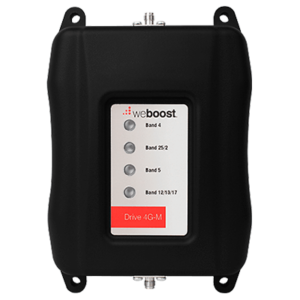

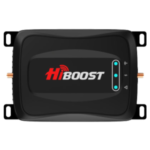
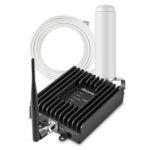
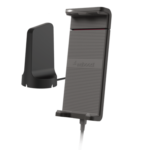
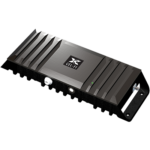
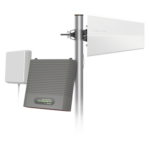
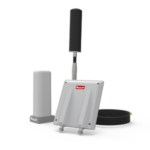
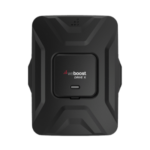
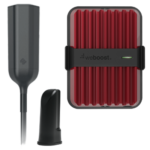

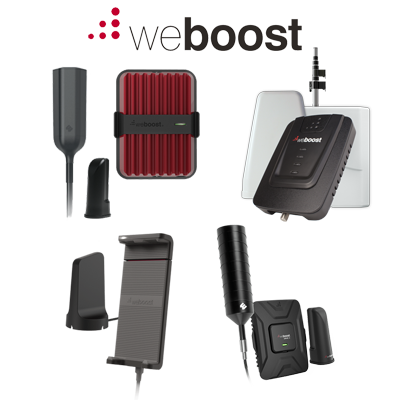
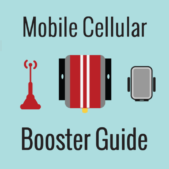
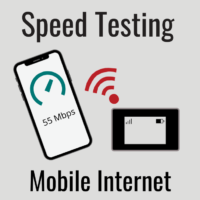
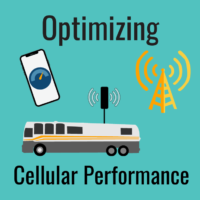
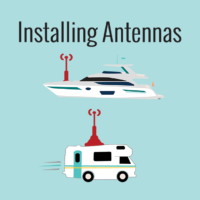
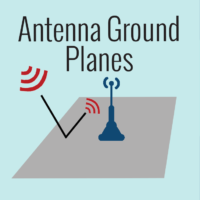
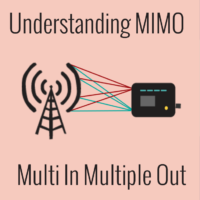
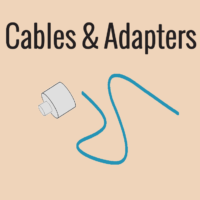
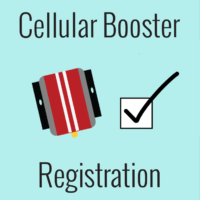

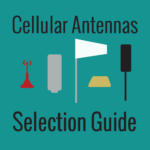



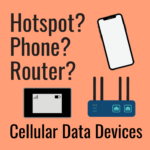
 Mobile Internet Resource Center (dba Two Steps Beyond LLC) is founded by Chris & Cherie of
Mobile Internet Resource Center (dba Two Steps Beyond LLC) is founded by Chris & Cherie of